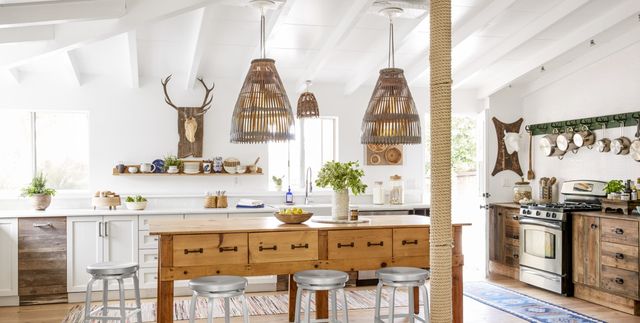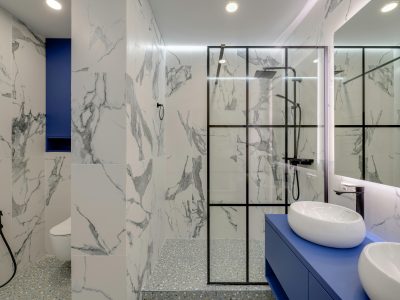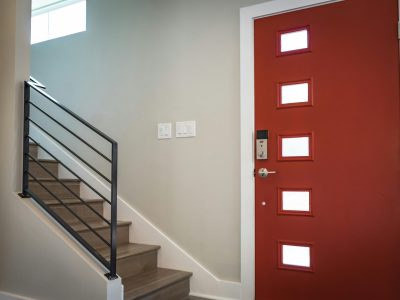It is not uncommon to describe the kitchen as the center of the house, where meals are prepared and fond memories are created. It is therefore important to ensure that this vital space has the right lighting, not only to create an inviting atmosphere but also for its functionality. This guide will explore the many lighting options available to enhance your kitchen’s aesthetics, functionality and overall ambiance.
Understanding the Importance Kitchen Lighting
The lighting in the kitchen has multiple functions. Proper lighting is more than just visibility. It can also affect the mood, the way we perceive colors and textures, and increase safety when cooking. Different lighting types serve different purposes:
- Ambient Light: Illuminates the entire space to allow you to move and see around in safety.
- Task lighting: Directs the light to specific areas such as countertops, stoves and sinks.
- Accent lighting: Can be used as a way to add visual interest or to highlight architectural features and decor.
Planning Your Kitchen Lighting
1. Assess Your Kitchen Layout
It’s important to take into consideration the layout of your home before choosing lighting fixtures. You should identify areas that need more attention, like areas where food will be prepared or areas with high traffic. This assessment will help you decide where to install different types of lighting.
2. Consider Natural Light
Use natural light whenever possible. Plan your lighting by analyzing how much natural sunlight your kitchen receives during the day. Focus on creating an artificial lighting scheme to compensate for the lack sunlight in kitchens that receive limited natural light.
3. Choose a Style
Lighting should be chosen to complement the overall design of your kitchen. Choose light fixtures that complement and harmonize your kitchen’s theme, whether you have a minimalist, modern kitchen or a rustic, classic one.
Different types of kitchen lighting fixtures
Pendant Lighting
Pendant lights come in a variety of styles and sizes and are ideal for dining rooms and islands. They can provide task or ambient lighting depending on the placement of the light and type of bulb.
Recessed Lighting
Recessed lighting in kitchens is popular because it gives a clean and sleek look. These fixtures are integrated into the ceiling and provide a uniform lighting that can be distributed throughout the kitchen.
Under-Cabinet Lighting
Under-cabinet illumination is one of the most important aspects of task lighting for the kitchen. These lights provide safety and convenience by illuminating the counters where the majority of food preparation occurs.
Chandeliers
A chandelier is a great statement piece for larger kitchens, or open-plan kitchens that include a dining room. It provides ambient lighting while adding a touch elegance.
Track Lighting
Track lighting is flexible and functional. You can position the lights wherever you want along the track. It’s perfect for kitchens where you need a customizable lighting solution.
Best Practices in Kitchen Lighting
Layer Your Lighting
Layering different types of light in your kitchen will give you the best results. Combining ambient, task and accent lighting will create a functional and balanced space. While recessed lighting is great for ambient lighting, under-cabinet lighting can be used as task lighting and pendant lighting can add both style and illumination.
Select the Right Bulb
It is important to choose the right bulbs for your kitchen. Due to their long-lasting life and efficiency, LED bulbs are recommended for kitchens. You can choose from a variety of colors, including warm (soft-white) and cool (bright-white) temperatures.
Consider Dimmers
Dimmers will increase the versatility of kitchen lighting. You can adjust the brightness depending on the time of the day or your activity, saving energy and creating a more cosy atmosphere.
Focus on Color Rendering Index
The Color Rendering Index is a measurement of how accurately light sources display colors compared to natural light. In kitchens, it is best to have a CRI above 80 to ensure that the colors of food and cooking materials are true.
The Conclusion Of The Article Is:
Kitchen lighting that works is a combination of science and art. Understanding the various types of lighting, and how to best utilize them in your kitchen space will enhance the beauty and functionality of your kitchen. Plan according to the layout of your kitchen, take into account the amount of natural light, and select fixtures that compliment the design of your house. The right lighting can transform your kitchen into a vibrant center of your home.













Comments